Technologies
iOS 17 Should Bring These Android 14 Features to iPhone
Commentary: Apple’s next iPhone OS is expected to be announced at WWDC on Monday.
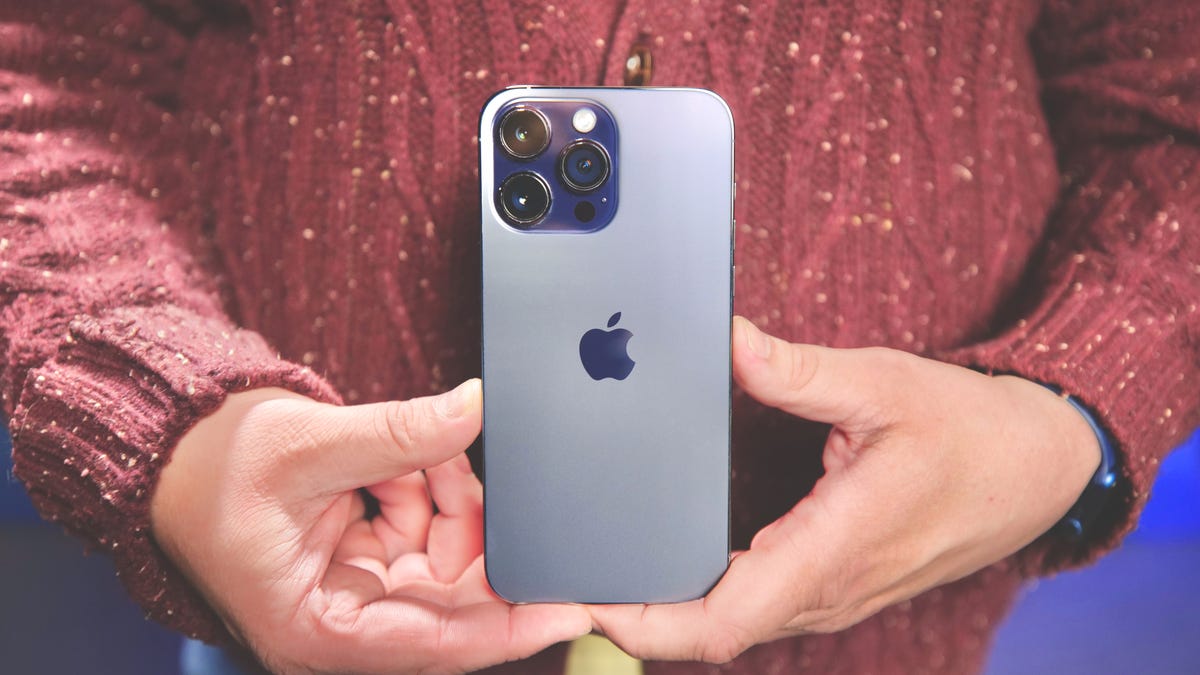
Apple’s Worldwide Developers Conference 2023 kicks off on Monday, and Apple is expected to unveil iOS 17, the next version of its software for iPhones, at the event. WWDC comes about a month after Google I/O 2023, where Google showcased its next smartphone software, Android 14.
In the US, iPhones recently wrestled the crown away from Androids as the most popular smartphone, but this comes after more than a decade of Android dominance. And Android reigns in the global market, usually by wide margins. In South America, for example, Android represents about 88% of all smartphones, and iPhones trail with about 11%, according to the IT site SOS Support.
But for as long as Apple and Google have been fighting like Godzilla and King Kong for smartphone market superiority, they’ve also seemingly been stealing ideas from each other. For example, notification badges debuted on iPhones, and Androids had home screen widgets long before iPhones, as Popular Science notes.
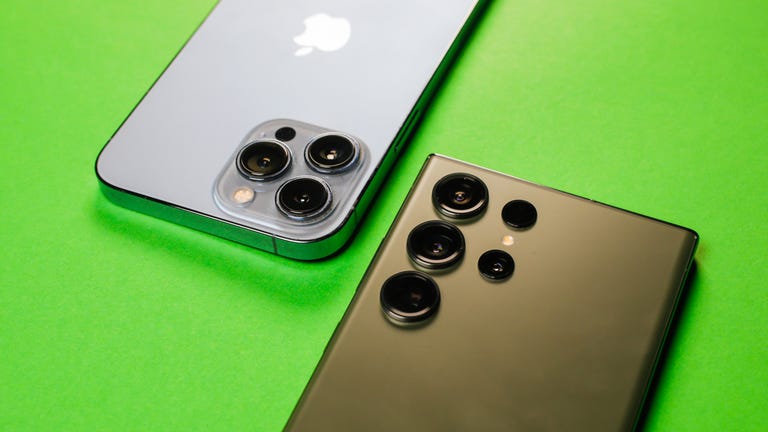
Apple and Android have seemingly been copying features from each other for years.
That back-and-forth continued with Android 14, as Android phones seemingly copied iPhones again with an updated Find My Device feature and added unknown tracker alerts. We don’t know what Apple has in store for iOS 17, but we think the company should incorporate some of the new Android features into the software.
Here are the new Android features I think Apple should include in iOS 17.
More lock screen customization options
Lock screen customization was one of the most substantial updates to land on iPhones when iOS 16 was released in September 2022. With iOS 17, I want to see Apple give iPhone users more customization options, like Google is doing with Android 14.
Android 14 will let users change the size and design of their lock screen’s clock — in addition to its font type and color — and the software lets users add shortcuts to their lock screen. Changing your lock screen clock is nice — you can already change the font and color of your iPhone’s lock screen clock — but I’d really like to see Apple add the ability to edit or add to the shortcuts on the lock screen.
I regularly use the flashlight shortcut, but I back-tap my iPhone to pull up the camera, so the camera shortcut doesn’t get used as much. Being able to change that shortcut to my Wallet app, or a search shortcut, would be great in iOS 17.

There are only four lock screen spaces for widgets in the current iOS.
It would also be nice if Apple added more widget spaces to the iPhone’s lock screen. With iOS 16, your iPhone has four grid spaces for widgets, and some widgets, like the Weather widget, take up two of those. It would be great if iOS 17 gave you at least four more grid spaces for widgets, giving you more ways to access your favorite apps.
AI-generated wallpapers
Android 14 will use artificial intelligence to let users create custom wallpapers. People will prompt their phone, which will use AI to generate a few wallpaper options. It would be great to see Apple roll out AI-generated wallpapers in iOS 17, but I’m not getting my hopes up.
While other companies have begun developing their own AI tools, Apple hasn’t made any public announcements about developing, or partnering with another company to produce, such tools.
«I do think it’s very important to be deliberate and thoughtful in how you approach these things,» Apple’s CEO Tim Cook said when asked about generative AI on the company’s earnings call.
It’s possible Apple will introduce more AI tools and functions in iOS 17, like AI-generated wallpapers, but I wouldn’t expect it. I’d bet Apple will integrate AI tools into functions most people already use, like Siri, first.
More emoji wallpaper customization options
Google announced at its I/O 2023 event that certain Pixel phones will let you create custom wallpapers using emojis, but this isn’t exclusive to Android 14. Users will be able to choose up to 14 emoji, the color of the background and the layout the emoji are set in. But Apple already brought this feature to iPhones.
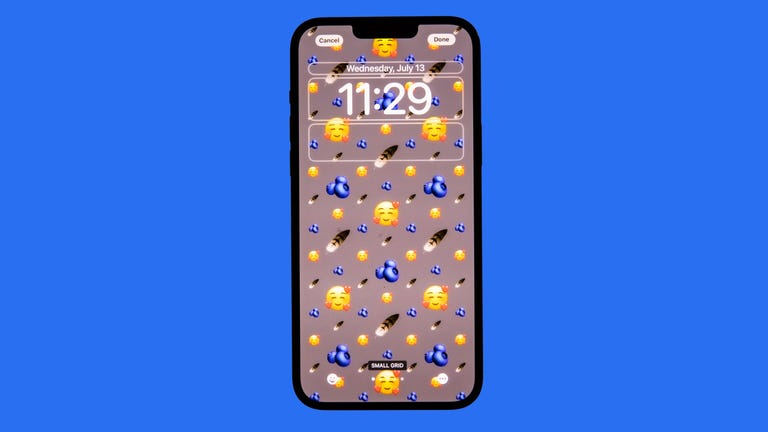
Emoji wallpapers are already available on iPhones.
To create a custom emoji wallpaper on your iPhone, go to Settings > Wallpaper > + Add New Wallpaper, and under the Emoji section are some premade emoji wallpapers. Tap any of these and you can edit what emoji are used, the layout and the color of the background. However, you can select only up to six emoji.
It would be fun if Apple allowed you to use more emoji and gave you more than six layout options in iOS 17 to further customize these wallpapers.
Cinematic wallpaper
Also not exclusive to Android 14, certain Pixel phones will let Android users create cinematic wallpapers. This feature will allow people to take a photo and give certain elements of the photo a depth effect. Once you’ve applied the effect, you can shift your Android device around and the wallpaper elements will shift around as well, making your wallpaper look three dimensional.
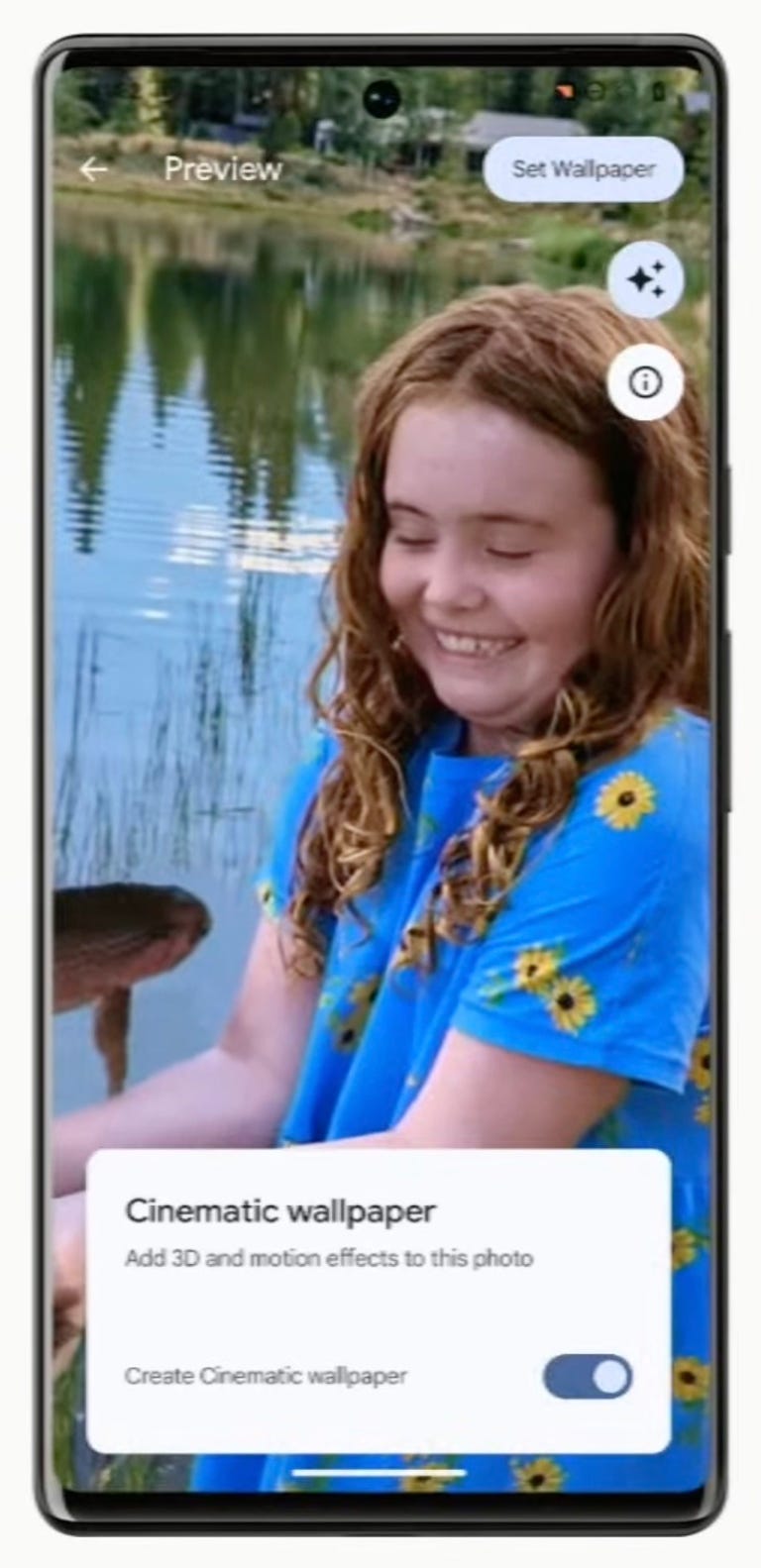
Cinematic wallpapers on Pixel devices will give certain wallpapers a three-dimensional look.
Apple introduced a similar lock screen feature in iOS 7, and this feature morphed into Perspective Zoom in some iOS 16 betas. However, the feature is no longer available in recent iOS 16 updates. Apple does let you apply a depth effect to your lock screen, but that just places your clock behind certain wallpaper elements. Enabling this also disables your lock screen widgets.
Cinematic wallpapers on your iPhone would be a nice touch to include in iOS 17, and they’d make some wallpapers on your home and lock screen really stand out. And if Apple doesn’t allow cinematic wallpapers in iOS 17, it would be great if the company at least allowed widgets to work on your lock screen when your depth effect was turned on.
For more on Apple’s mobile software, check out what CNET’s Patrick Holland hopes is included in iOS 17, what could be coming to your iPhone in iOS 16.6 and what new features you get in iOS 16.5.
Technologies
Today’s NYT Mini Crossword Answers for Saturday, Dec. 27
Here are the answers for The New York Times Mini Crossword for Dec. 27.
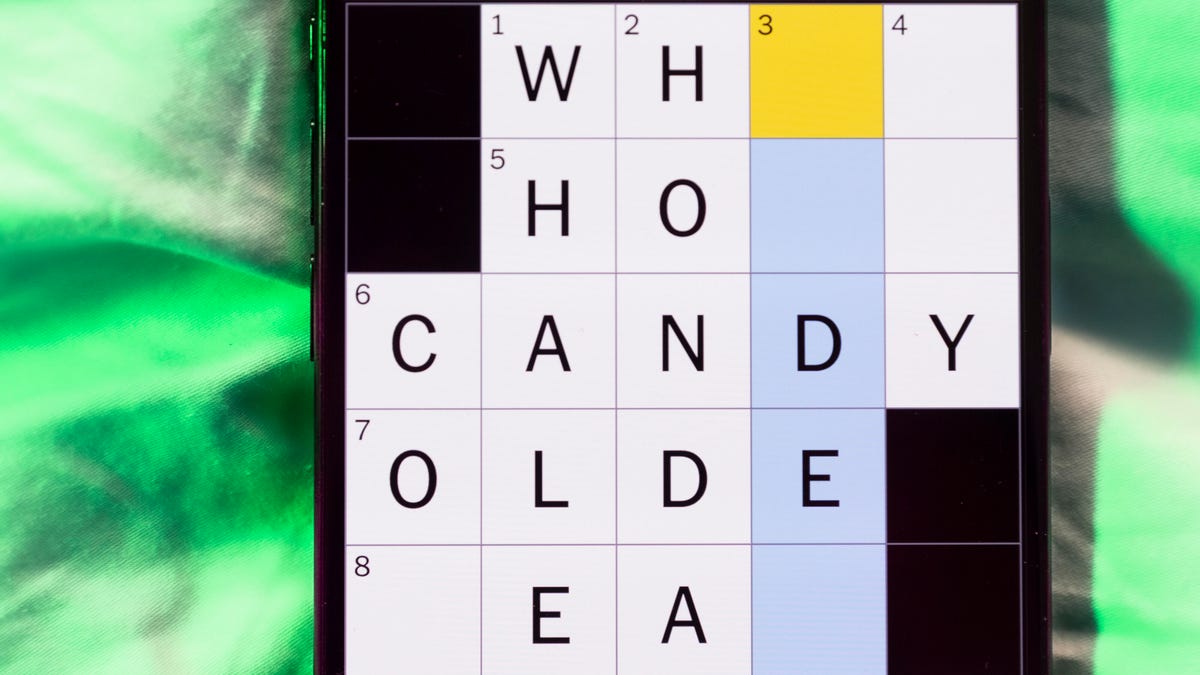
Looking for the most recent Mini Crossword answer? Click here for today’s Mini Crossword hints, as well as our daily answers and hints for The New York Times Wordle, Strands, Connections and Connections: Sports Edition puzzles.
Need some help with today’s Mini Crossword? It’s pretty long for a Mini Crossword, and some of the clues are tricky. The answer to 10-Across is not an expression I use, for sure. Read on. And if you could use some hints and guidance for daily solving, check out our Mini Crossword tips.
If you’re looking for today’s Wordle, Connections, Connections: Sports Edition and Strands answers, you can visit CNET’s NYT puzzle hints page.
Read more: Tips and Tricks for Solving The New York Times Mini Crossword
Let’s get to those Mini Crossword clues and answers.
Mini across clues and answers
1A clue: Fashionable
Answer: HIP
4A clue: Product sold on «The Office»
Answer: PAPER
6A clue: One writing a performance review
Answer: MANAGER
8A clue: With 5-Down, redundant synonym of «outcome»
Answer: END
9A clue: Quiet ___ mouse
Answer: ASA
10A clue: Gives constant compliments, in slang
Answer: GASESUP
12A clue: Ski mountain bump
Answer: MOGUL
13A clue: Uneasy feeling
Answer: ANGST
Mini down clues and answers
1D clue: Personally involved
Answer: HANDSON
2D clue: Hoppy beer, for short
Answer: IPA
3D clue: Mythical horse whose name is an anagram of 10-Across
Answer: PEGASUS
4D clue: Last word in the palindromic sentence «A man, a plan, a canal …»
Answer: PANAMA
5D clue: See 8-Across
Answer: RESULT
6D clue: Ryan of «When Harry Met Sally …»
Answer: MEG
7D clue: Genre for Playboi Carti and Cardi B
Answer: RAP
11D clue: Something in an Easter basket
Answer: EGG
Don’t miss any of our unbiased tech content and lab-based reviews. Add CNET as a preferred Google source.
Technologies
Today’s NYT Connections: Sports Edition Hints and Answers for Dec. 27, #460
Here are hints and the answers for the NYT Connections: Sports Edition puzzle for Dec. 27, No. 460.
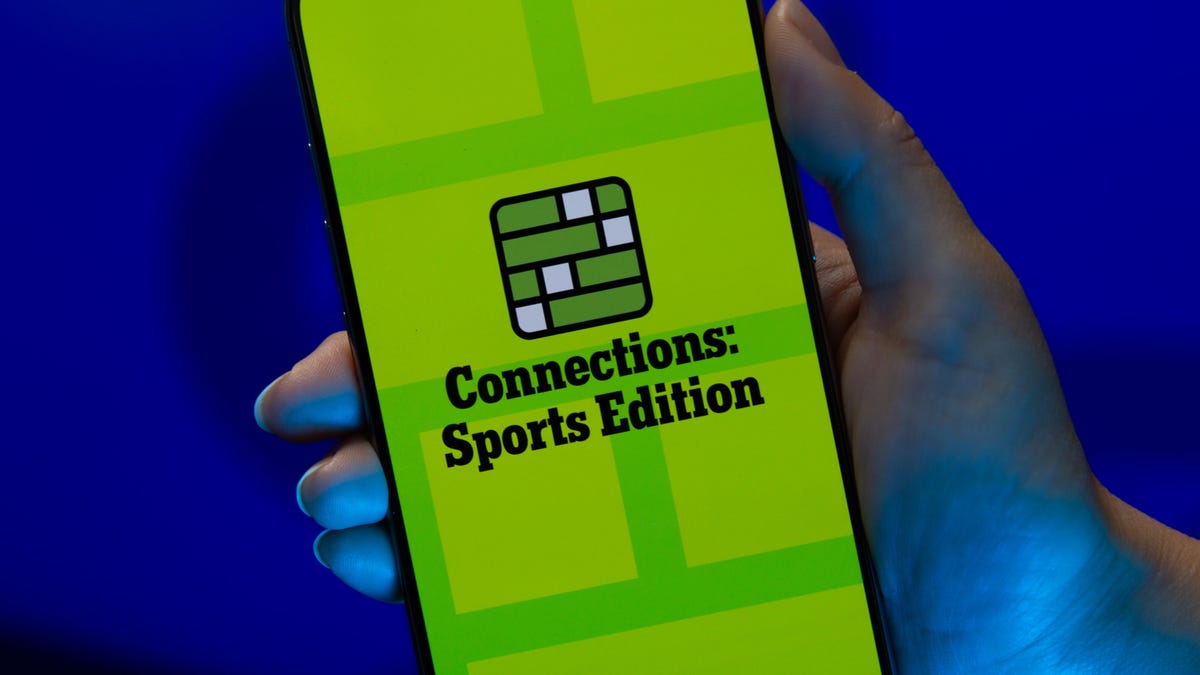
Looking for the most recent regular Connections answers? Click here for today’s Connections hints, as well as our daily answers and hints for The New York Times Mini Crossword, Wordle and Strands puzzles.
Today’s Connections: Sports Edition is a real challenge. That purple category wants you to hunt out something related in four different words, and it’s a toughie. If you’re struggling with today’s puzzle but still want to solve it, read on for hints and the answers.
Connections: Sports Edition is published by The Athletic, the subscription-based sports journalism site owned by The Times. It doesn’t appear in the NYT Games app, but it does in The Athletic’s own app. Or you can play it for free online.
Read more: NYT Connections: Sports Edition Puzzle Comes Out of Beta
Hints for today’s Connections: Sports Edition groups
Here are four hints for the groupings in today’s Connections: Sports Edition puzzle, ranked from the easiest yellow group to the tough (and sometimes bizarre) purple group.
Yellow group hint: Something you save.
Green group hint: An Olympic sport.
Blue group hint: Toronto pitchers.
Purple group hint: Think about the alphabet and look for something hidden.
Answers for today’s Connections: Sports Edition groups
Yellow group: Memento.
Green group: Types of wrestling.
Blue group: Blue Jays to win Cy Young Award.
Purple group: Ends in a homophone for a letter of the alphabet.
Read more: Wordle Cheat Sheet: Here Are the Most Popular Letters Used in English Words
What are today’s Connections: Sports Edition answers?
The yellow words in today’s Connections
The theme is memento. The four answers are collectible, keepsake, memorabilia and souvenir.
The green words in today’s Connections
The theme is types of wrestling. The four answers are arm, freestyle, Greco-Roman and sumo.
The blue words in today’s Connections
The theme is Blue Jays to win Cy Young Award. The four answers are Clemens, Halladay, Hentgen and Ray.
The purple words in today’s Connections
The theme is ends in a homophone for a letter of the alphabet. The four answers are batter’s eye (I), blue jay (J), golf tee (T) and pool cue (Q).
Don’t miss any of our unbiased tech content and lab-based reviews. Add CNET as a preferred Google source.
Technologies
Today’s Wordle Hints, Answer and Help for Dec. 27, #1,652
Here are hints and the answer for today’s Wordle for Dec. 27, No. 1,652.
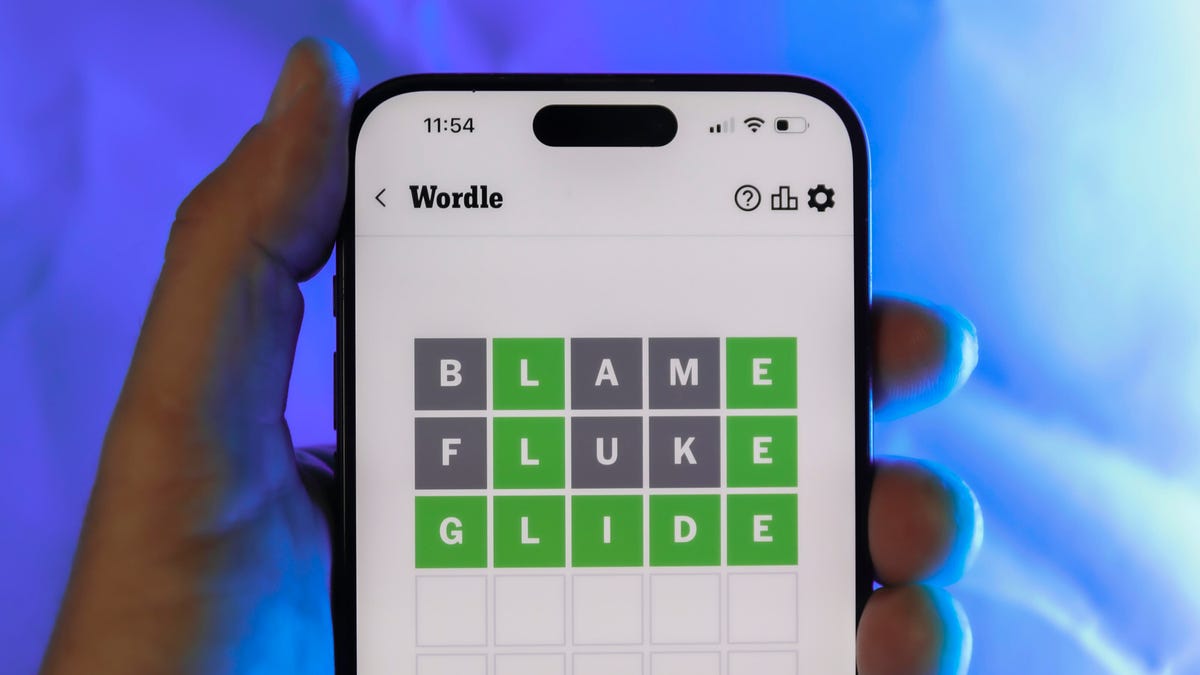
Looking for the most recent Wordle answer? Click here for today’s Wordle hints, as well as our daily answers and hints for The New York Times Mini Crossword, Connections, Connections: Sports Edition and Strands puzzles.
Today’s Wordle puzzle came together pretty quickly for me this time. If you need a new starter word, check out our list of which letters show up the most in English words. If you need hints and the answer, read on.
Read more: New Study Reveals Wordle’s Top 10 Toughest Words of 2025
Today’s Wordle hints
Before we show you today’s Wordle answer, we’ll give you some hints. If you don’t want a spoiler, look away now.
Wordle hint No. 1: Repeats
Today’s Wordle answer has no repeated letters.
Wordle hint No. 2: Vowels
Today’s Wordle answer has one vowel.
Wordle hint No. 3: First letter
Today’s Wordle answer begins with B.
Wordle hint No. 4: Last letter
Today’s Wordle answer ends with H.
Wordle hint No. 5: Meaning
Today’s Wordle answer can refer to a quantity of goods produced at one time.
TODAY’S WORDLE ANSWER
Today’s Wordle answer is BATCH.
Yesterday’s Wordle answer
Yesterday’s Wordle answer, Dec. 26, No. 1651 was SPEED.
Recent Wordle answers
Dec. 22, No. 1647: CONCH
Dec. 23, No. 1648: GLINT
Dec. 24, No. 1649: SPOOL
Dec. 25, No. 1650: PRISM
Don’t miss any of our unbiased tech content and lab-based reviews. Add CNET as a preferred Google source.
-

 Technologies3 года ago
Technologies3 года agoTech Companies Need to Be Held Accountable for Security, Experts Say
-

 Technologies3 года ago
Technologies3 года agoBest Handheld Game Console in 2023
-

 Technologies3 года ago
Technologies3 года agoTighten Up Your VR Game With the Best Head Straps for Quest 2
-

 Technologies4 года ago
Technologies4 года agoBlack Friday 2021: The best deals on TVs, headphones, kitchenware, and more
-

 Technologies4 года ago
Technologies4 года agoVerum, Wickr and Threema: next generation secured messengers
-

 Technologies4 года ago
Technologies4 года agoGoogle to require vaccinations as Silicon Valley rethinks return-to-office policies
-

 Technologies4 года ago
Technologies4 года agoOlivia Harlan Dekker for Verum Messenger
-

 Technologies4 года ago
Technologies4 года agoiPhone 13 event: How to watch Apple’s big announcement tomorrow
